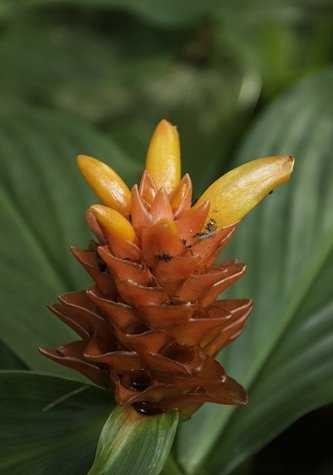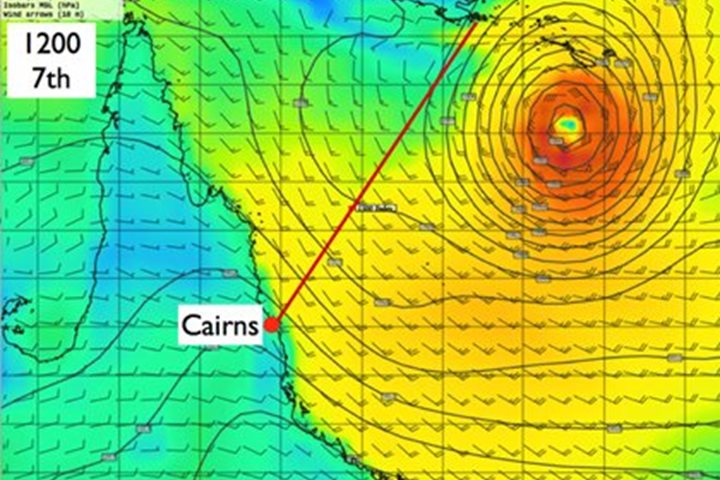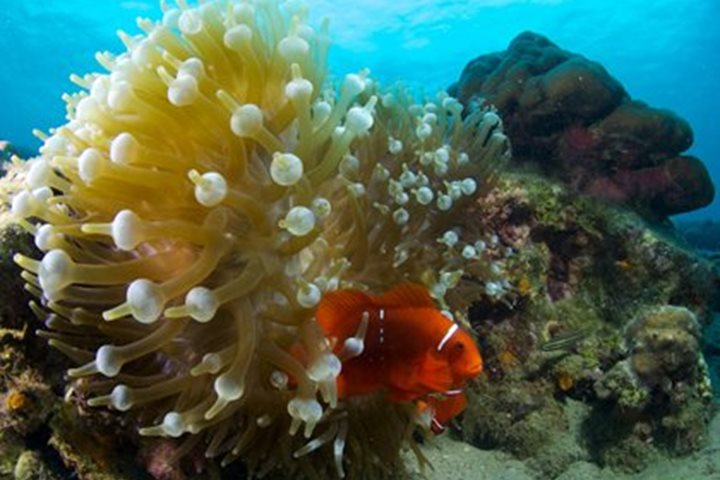Early this morning National Geographic Orion sailed smoothly up the Trinity River and pulled along side the Cairns wharf. With the formalities quickly out of the way we made our way ashore to explore what this small tropical city had to offer.
Cairns is uniquely situated on the east coast of Australia on the Cape York Peninsula between the Coral Sea and the Great Dividing Range. James Cook made a brief stop in 1770 naming the bay we sailed into as Trinity Bay. Cairns also played a significant role in World War II due to it close and strategic proximity to the Pacific.
After driving through the city we stopped off to explore the famous Cairns Botanical Gardens. The diversity of tropical plants on display was simply amazing, from huge goliath like banyan figs to small colorful Heliconias, relatives of the bird of paradise. It was interesting to see that many of the plants we had seen in Papua New Guinea where similar to those found in Cairns. New Guinea and Australia where once joined together so much of the flora and fauna from both regions share very close ancestral links.
We also had a chance to visit the interesting displays exhibited in the famous “Tanks,” one of which showed photos and posters dating to the First World War.
After lunch some of us joined the guided walk along the Esplanade. The late afternoon is a prime time to see some of the bird life that lives along the intertidal zone. Also as an added bonus it was low tide which allowed for a possibility to see some migratory bird species. We were not disappointed with many species seen including great knots, bar-tailed dodwits and Mongolian plovers.






